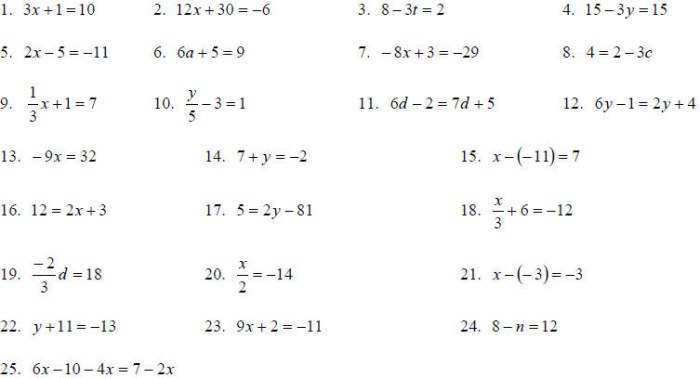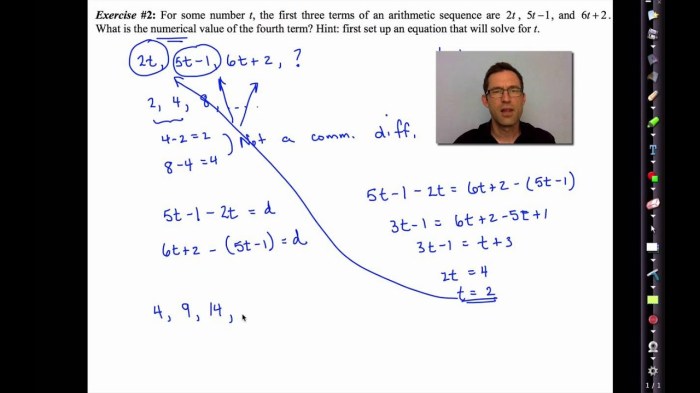Welcome to the realm of statistics, where the normal distribution reigns supreme. In this comprehensive guide, we delve into the intricacies of the normal distribution common core algebra 2 homework answers, empowering you to conquer your academic challenges with confidence.
Through a captivating exploration of real-world applications, problem-solving strategies, and expert tips, this guide will illuminate the path to statistical mastery.
The Normal Distribution in Common Core Algebra 2: The Normal Distribution Common Core Algebra 2 Homework Answers

The normal distribution, also known as the bell curve, is a fundamental concept in statistics that models the distribution of continuous random variables. In Algebra 2, the normal distribution plays a significant role in probability and data analysis.
Understanding the Normal Distribution
The normal distribution is characterized by its distinctive bell-shaped curve. This curve is symmetrical around the mean, which represents the average value of the random variable. The spread of the distribution is determined by the standard deviation, which measures the variability of the data points.
The inflection points of the normal distribution occur at one standard deviation above and below the mean. These points divide the curve into three equal parts, representing the proportion of data points that fall within each standard deviation from the mean.
Applying the Normal Distribution in Algebra 2, The normal distribution common core algebra 2 homework answers
The normal distribution has numerous applications in Algebra 2, including:
- Calculating probabilities: The normal distribution can be used to calculate the probability of a random variable falling within a specified range of values.
- Finding percentiles: The normal distribution can be used to determine the percentile of a given data point, indicating its position relative to the other data points.
- Solving problems: The normal distribution can be used to solve a variety of problems involving probabilities and data analysis, such as finding the mean and standard deviation of a sample or determining the probability of a specific outcome.
Analyzing Normal Distribution Homework Answers
When solving normal distribution problems, it is important to avoid common mistakes such as:
- Misinterpreting the mean and standard deviation
- Incorrectly calculating probabilities
- Failing to consider the symmetry of the distribution
To ensure accuracy, students should check their answers by:
- Verifying that the mean and standard deviation are correctly calculated
- Using a calculator or table to verify probabilities
- Drawing a sketch of the normal distribution to visualize the problem
Resources for Further Study
For further exploration of the normal distribution, students can refer to the following resources:
- Khan Academy: https://www.khanacademy.org/math/statistics-probability/normal-distribution
- Stat Trek: https://stattrek.com/probability-distributions/normal-distribution
- Online Textbook: https://openstax.org/details/books/introductory-statistics
Students can also engage in real-world projects or experiments to demonstrate the applications of the normal distribution, such as analyzing data on test scores or measuring the heights of students in a classroom.
Questions Often Asked
What is the significance of the mean in a normal distribution?
The mean represents the central tendency of the data, indicating the average value around which the distribution is centered.
How do I calculate the probability of an event using the normal distribution?
You can use a standard normal distribution table or a calculator to determine the probability of an event occurring within a specified range of values.
What are some common mistakes to avoid when solving normal distribution problems?
Mistakes include misinterpreting the mean and standard deviation, using incorrect formulas, and failing to consider the context of the problem.

